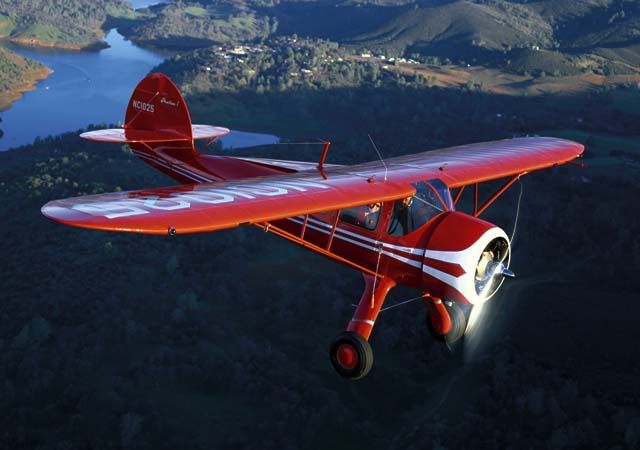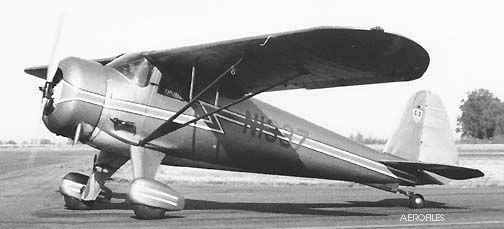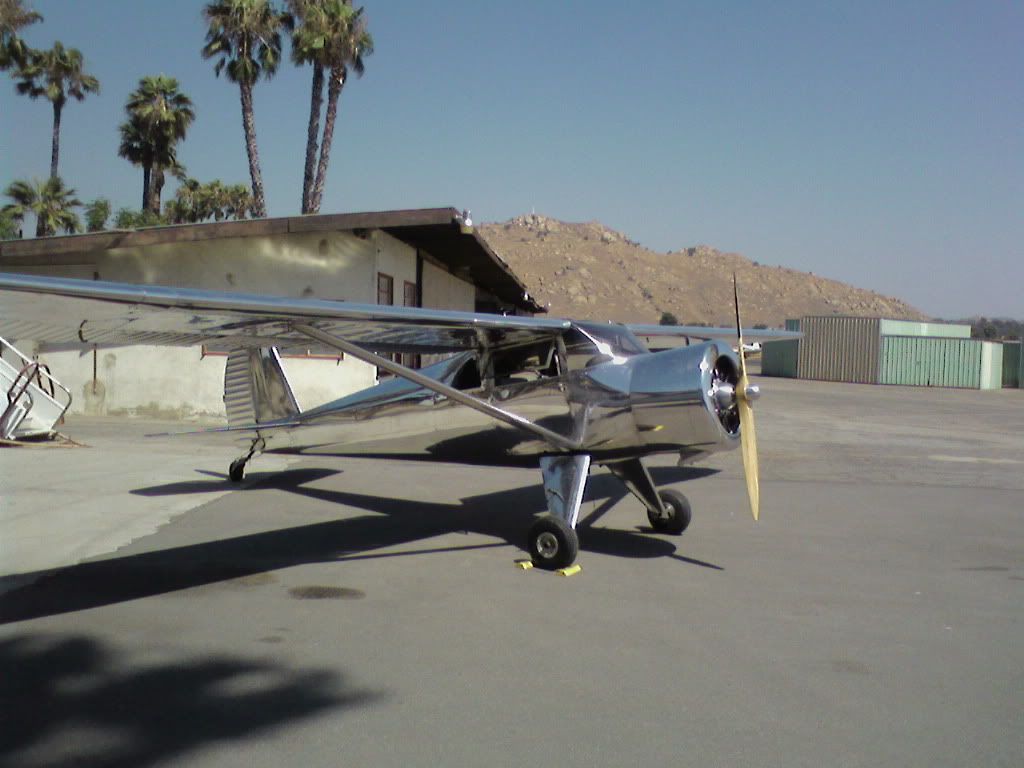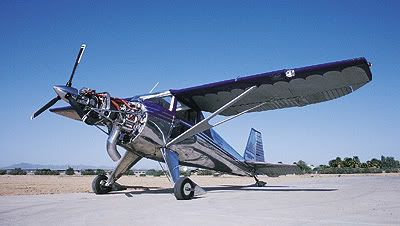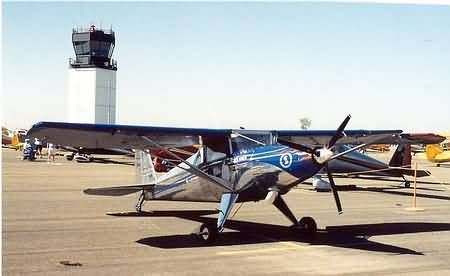mooneyguy
been around forever
Cost are an obvious issue for student pilots (yeah like anyone here doesn't know that). With the market as tough as it is right now I'm curious what others think about using an LSA as a primary trainer for PPL training.
I have zero experience with LSA's. I know one local fbo bought one but they have had a multitude of issues with it. Something like the Tecnam eaglet seems like it would make a nice trainer.
Does anyone have experience with cost associated with LSA's (Operating, insurance etc), or how about experience as a student using an LSA. How did you like it, and how did it compare to a typical trainer (172, 152, pa28 etc).
I have zero experience with LSA's. I know one local fbo bought one but they have had a multitude of issues with it. Something like the Tecnam eaglet seems like it would make a nice trainer.
Does anyone have experience with cost associated with LSA's (Operating, insurance etc), or how about experience as a student using an LSA. How did you like it, and how did it compare to a typical trainer (172, 152, pa28 etc).

